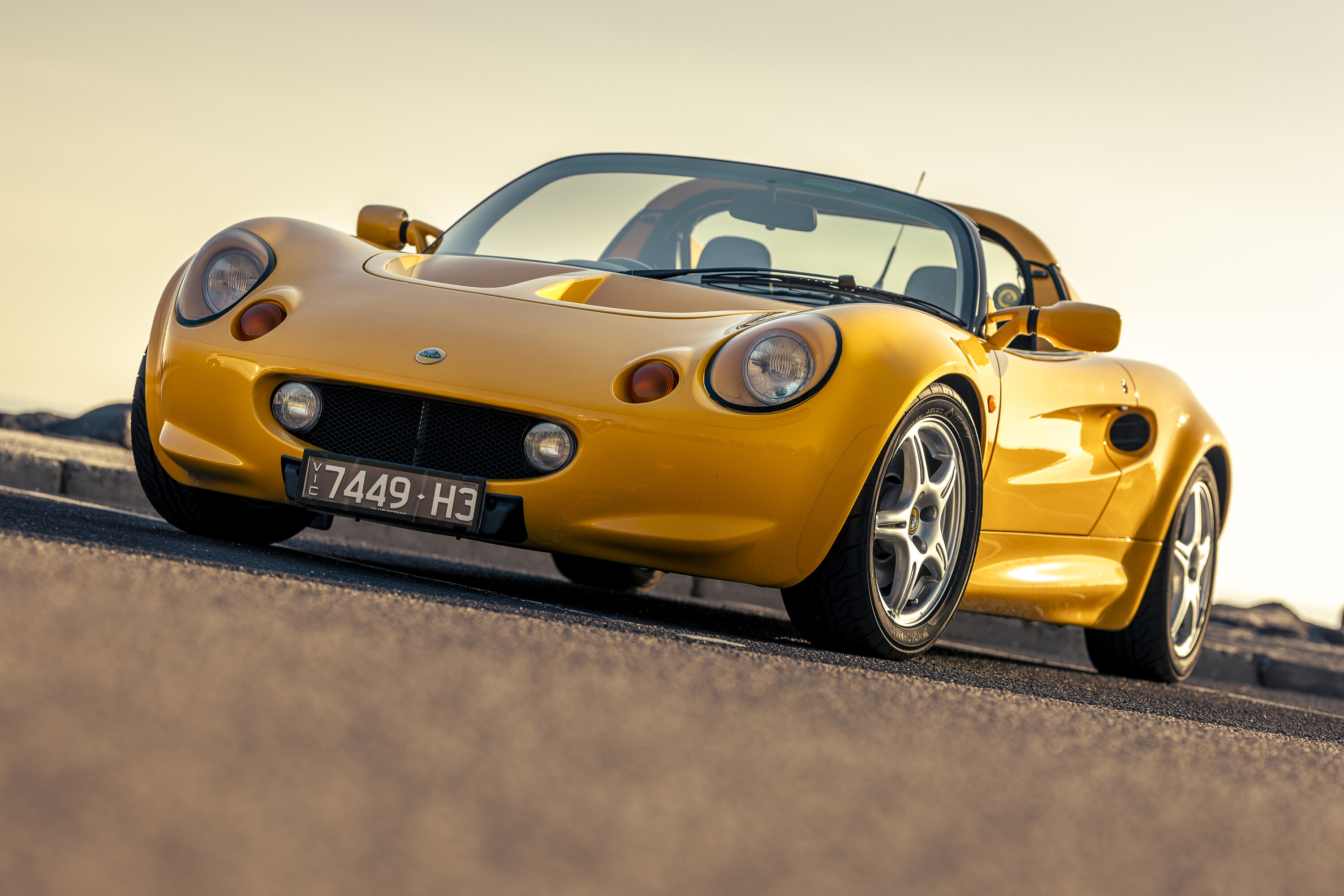What were you doing on Christmas Eve in 1994? If you were a Lotus engineer, you weren’t settling down in front of the box to watch a Christmas special.
The team had been burning the midnight oil in order to get a running prototype of ‘Project M111’ to perform a lap of their Hethel test track before the business shut down for the holiday season. And things weren’t exactly going to plan.
Deadlines were tight. Customers had been promised their cars in 18 months and everything about this vehicle’s bones were new. The first aluminium chassis had arrived from Norsk Hydro a month before and was a thing of wonderment for a company that was still building steel-backboned Esprits – a car whose origins dated back to 1975.
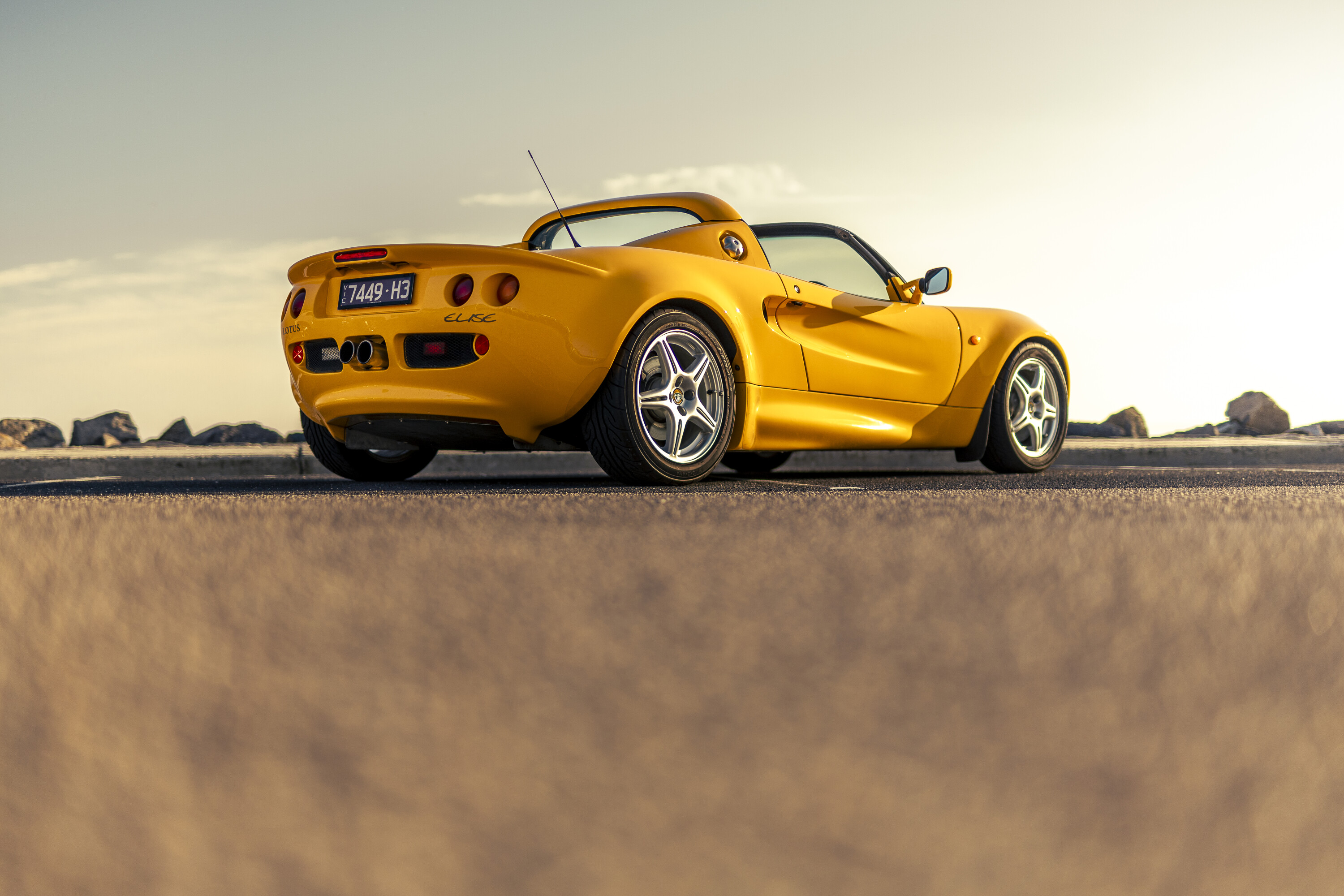
Of course, this was prior to the establishment of Lotus Lightweight Structures, the company that would eventually become the supplier for this 68kg slice of glued, anodised and extruded genius.
With the Christmas turkey on defrost, Lotus had built Proto One, an ungainly test mule for what would become its most important car – the Elise.
The mule car looked vaguely comical with its Lotus Seven-style mudguards, cut-down windscreen, ill-fitting fabric toupée and motor-factor headlights bolted on. By 6pm, there was still a list of 50 snagging points to work through before the car could be driven.
Nobody was going home though. Darkness had fallen at Hethel by the time project engineer Richard Rackham and project manager Tony Shute donned their crash helmets and headed out onto the Norfolk track, a mere 11 months after Project M111 had commenced.
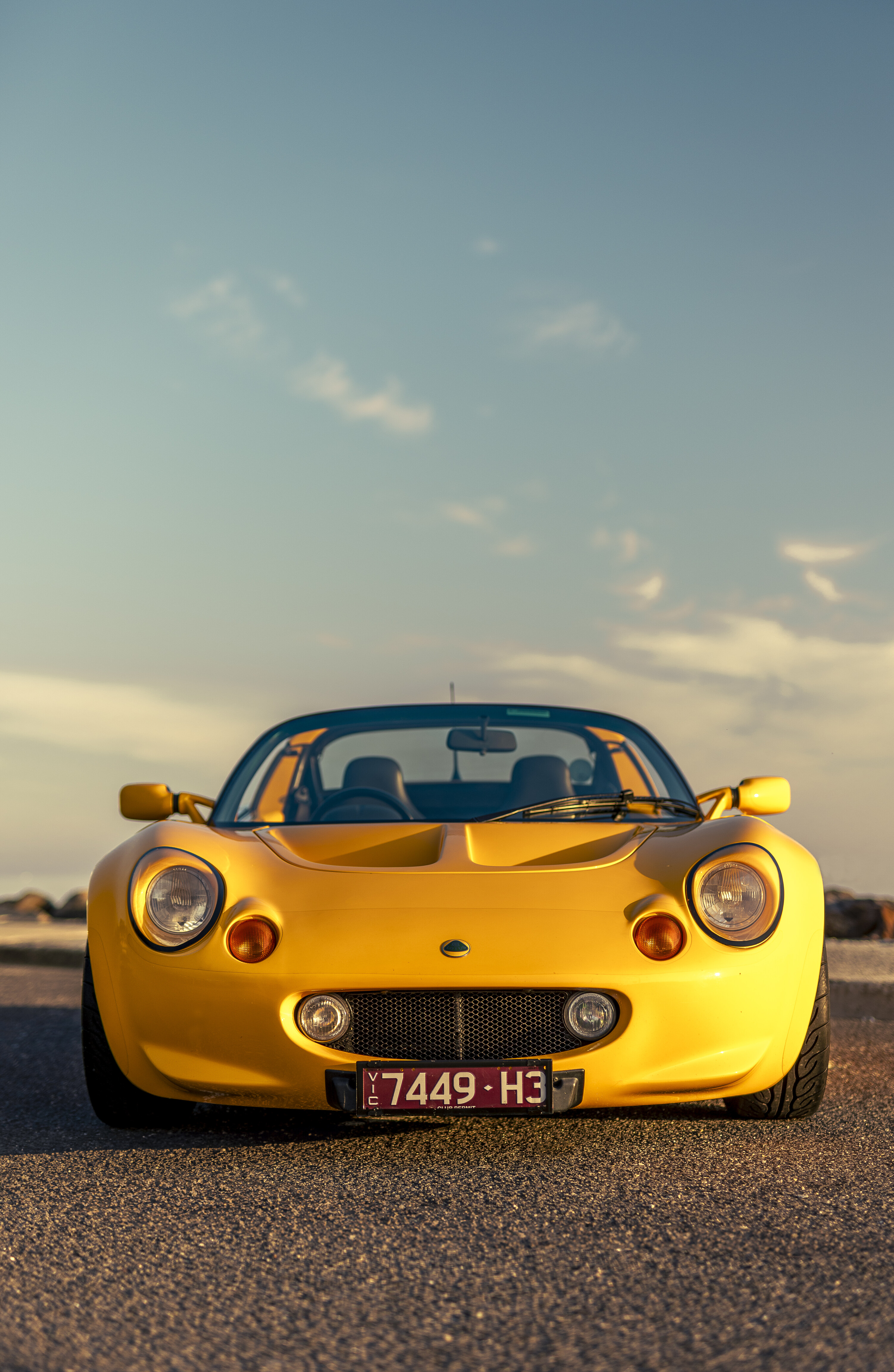
“It was icy, but a brilliant moonlit night; it was one of those magic moments,” recalled Rackham.
First impressions were that the car was very quick, due to the torque of the engine and the lack of weight. And, of course, as it was a Lotus, the steering response was excellent.
For such a pivotal moment in the history of Lotus, the first Elise drive went largely undocumented. There’s just some fuzzy video footage of something moving in the dark on Lotus’s security cameras as Shute and Rackham clocked up the laps of the test track.
In order to hit the target kerb weight of 700kg, chief designer Julian Thomson’s role was far more than to merely style the Elise. Every element of the car had to conform to a classically Lotus philosophy of lightweighting: one that had gradually been overlooked as the company suffered aspiration-creep in the ’80s and early ’90s as it went chasing supercars.
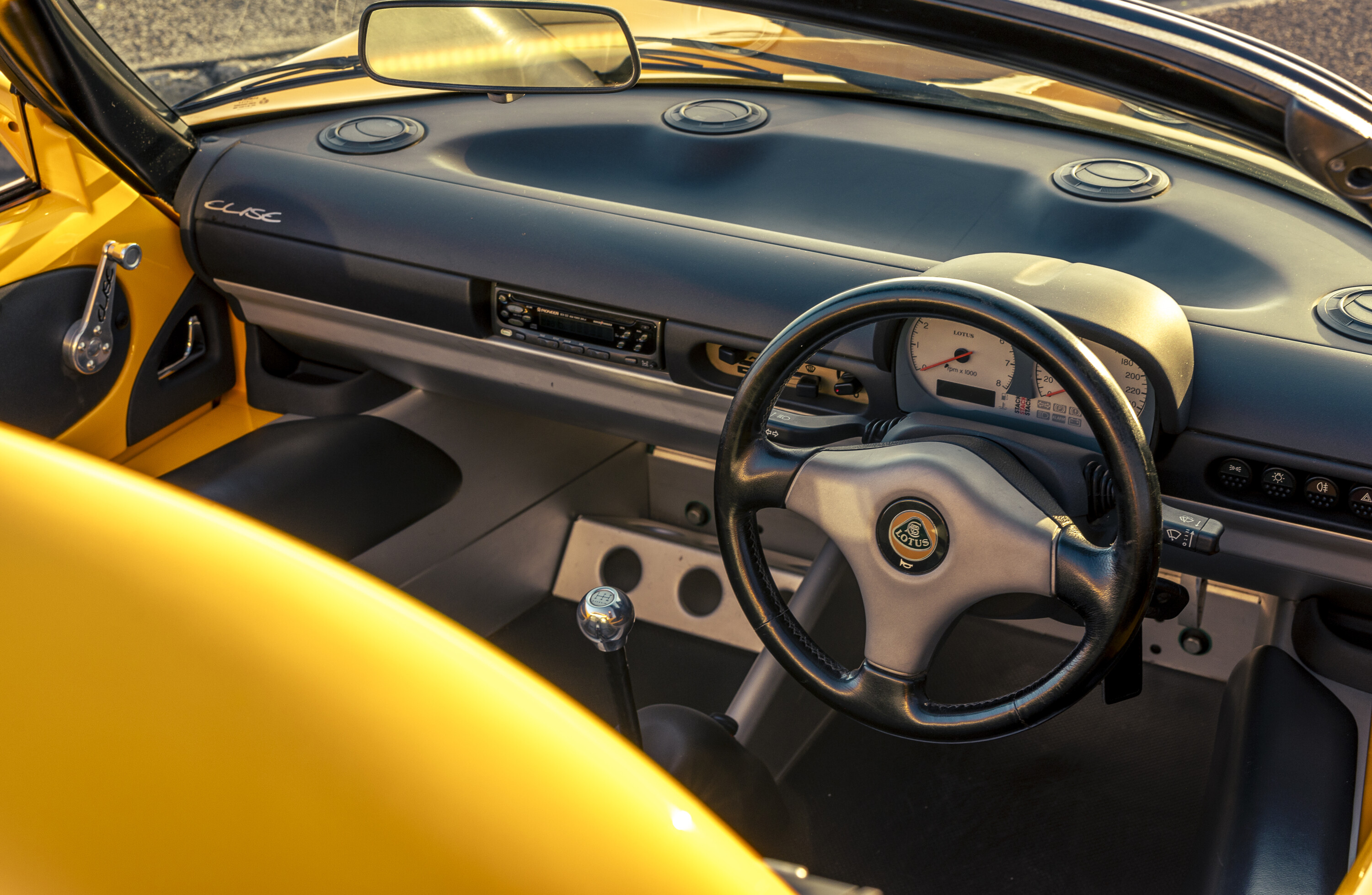
An example: the Esprit had chunked up from 900kg in S1 guise to 1338kg for the late V8 GT versions, a weight gain of over 48 percent as it targeted Porsche and Ferrari.
What we know now is that Thomson had been bowled a significant curveball. When Project M111 was green-lit, the concept was a bare-bones ‘step-in car’, a low-volume race car for the road, with no doors or roof. The project team reckoned 750 punters per year for four years would put up with such a raw experience.
Then the brief changed. After the chassis had been signed off, Lotus decided that the Elise needed doors and a roof. If you’ve ever wondered why the Series 1 is so hard to get in and out of, well, there’s your answer.
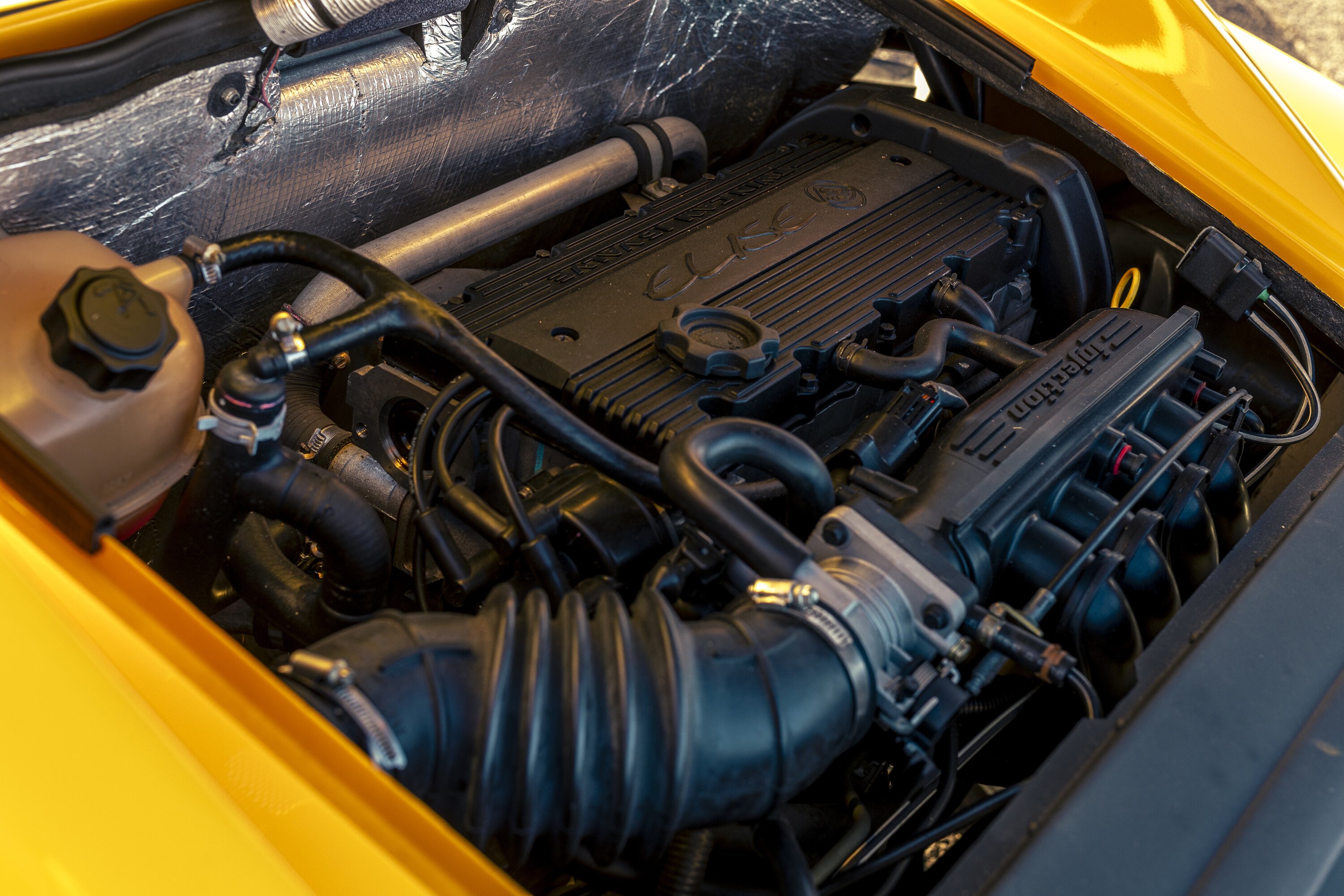

“I wasn’t so disappointed by the addition of doors, because with the cutaway sides it looked like a beach buggy and I wanted that purity of line,” noted Thomson. “I remember watching Beverly Hills 90210 and one of the characters had a Porsche 356 Speedster, and I loved the beltline and the way he sat so low.
“There was also a lot of influence from motorbikes – the Honda CBR’s engine cover, Yamaha lights, and the filler cap, which Richard says was inspired by his Sunbeam motorcycle. All of the team was incredibly young and naïve to the sensibilities and practicalities of a car, but for this project that was a good thing.”
The Elise was unveiled at the 1995 Frankfurt Show. Wheels was there, our correspondent noting that “the styling looked far better than the earlier photographs, but to some rival designers it looked a little too kit-car, almost beach-buggy, in appearance.” He did note that the extruded aluminium tub was “a thing of sheer beauty, however.”
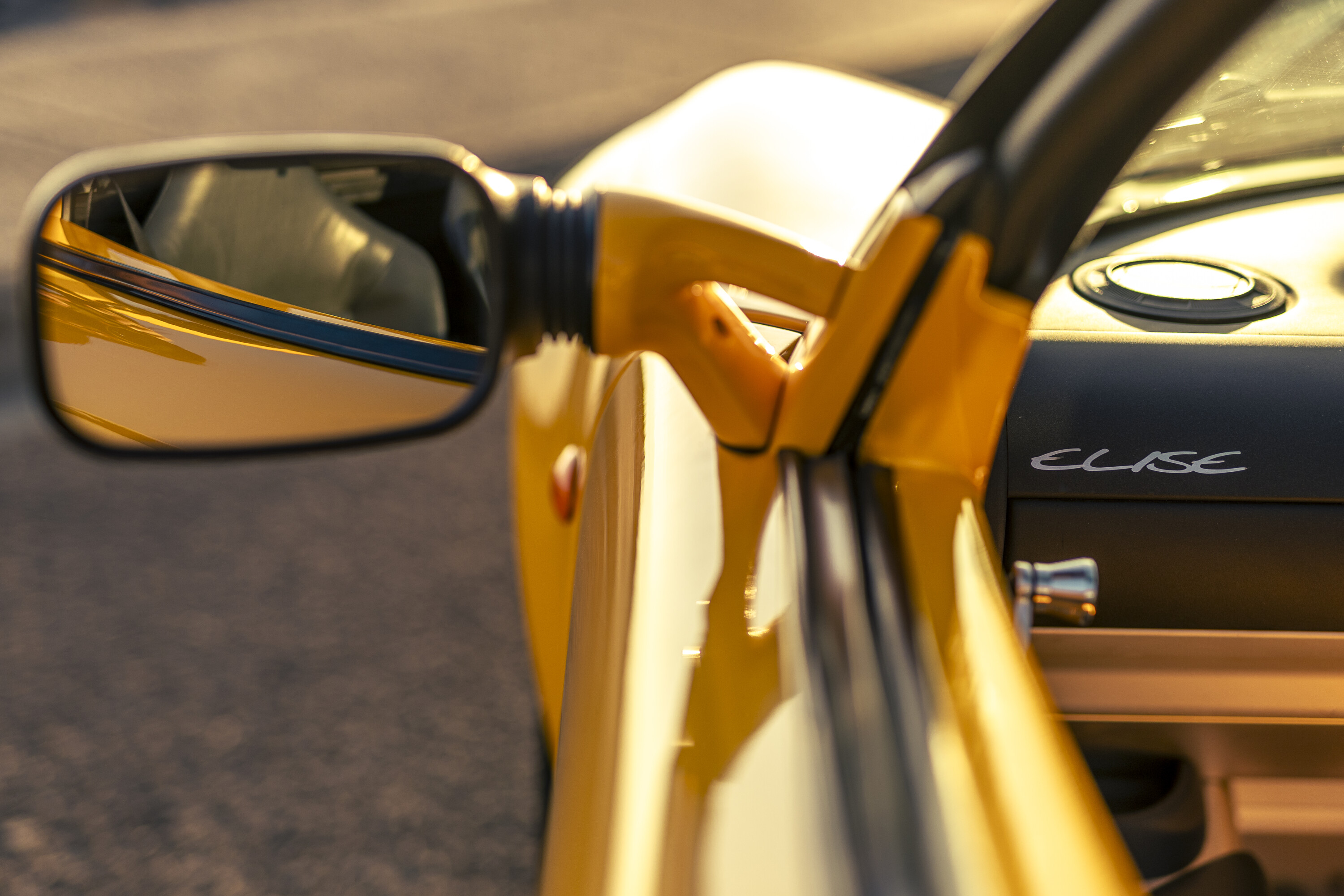
After the brief had been signed off, Lotus decided that the Elise needed doors and a roof
Thomson left Lotus to join Volkswagen in 1998, three years after the Elise was revealed in Frankfurt. The budget for his first project – a headlamp unit – was greater than that of the entire Elise. Yes, economies were made in order to bring the Elise to market, but it certainly wasn’t short on ingenuity.
Take the brakes. Talk to a real Elise hardcore and they’ll tell you that the only real Elise S1 is one with the metal-matrix-composite (MMC) brakes. Even today these feel like witchcraft. Rather than abrasive friction, these work on the principle of adherent friction.
In effect, the pads and discs swap material back and forth, and the largely aluminium discs are extremely light. As the pads transfer material to the disc surface, it is this layer that is broken down, not the disc itself.
The caveat is that under heavy braking, such as extended track use, the pads can abrade the disc coating faster than they build it up, which scores and ruins the discs. They also benefit from a quick tap in the wet to clear water from them first. Cars from December 1997 were fitted with inboard alloy rainwater deflectors which help somewhat.
In most regular use scenarios, the discs seem to last forever and won’t even leave brake dust. Lotus eventually relented (on grounds of cost and supply) to fitting iron brake discs from June 1998, which was a shame.
Even the much-maligned but relatively lightweight 1.8-litre Rover K-Series engine was a wise decision at the time. Early cars generated a mere 88kW, which was still enough to scuttle the featherweight Elise to 100km/h in 5.8 seconds.
Yes, head gaskets, we know. Amazingly, the launch edition of the car was priced almost identically to the comparatively porcine and commonplace MGF.
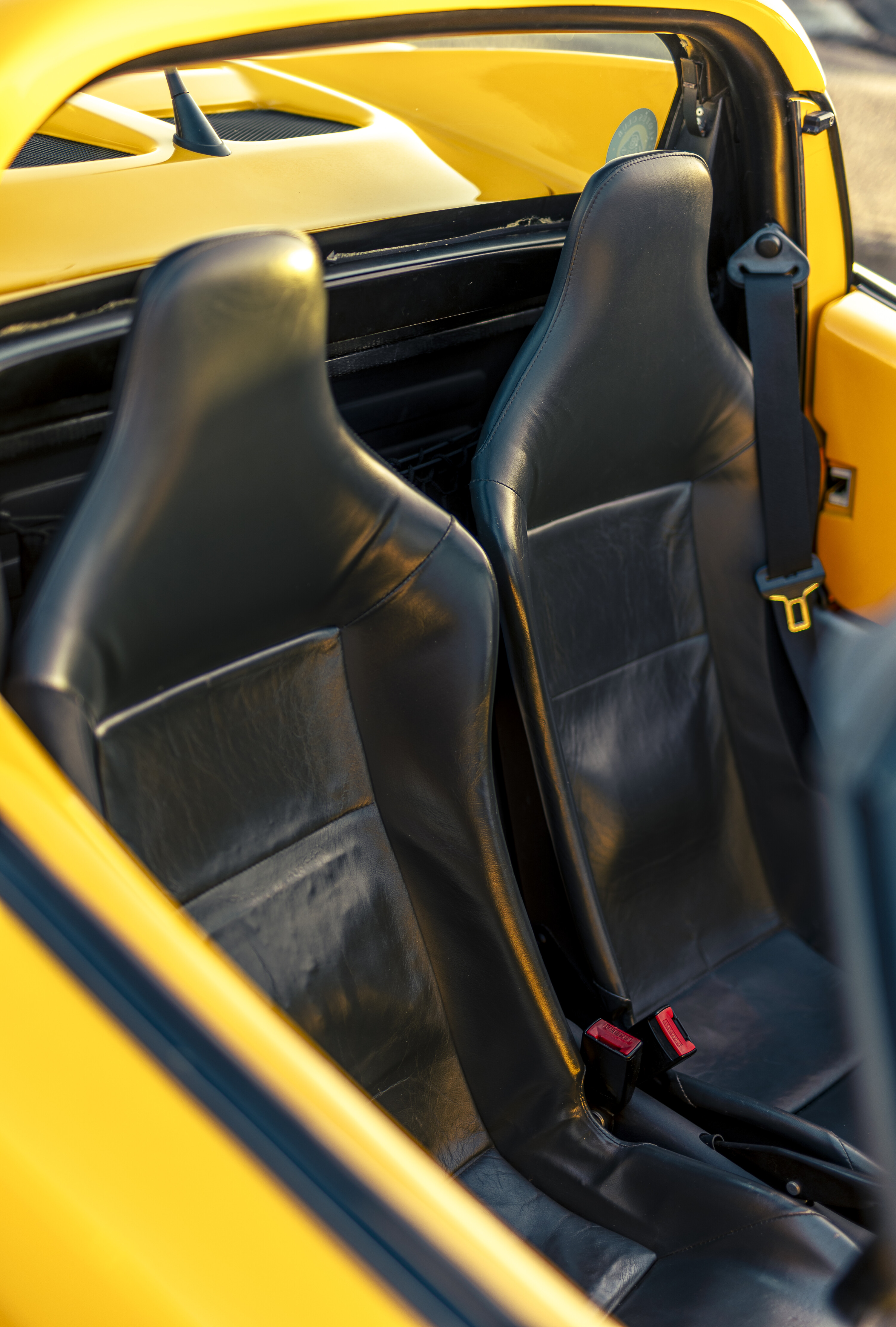
The Series 1 wasn’t short of versions
Aside from the launch edition, there was the Sport 135 (November 1998), the 50th Anniversary and 111S (January 1999), the JPS edition (July 1999), the Millennium and Type 49 editions (October 1999) and the Sport 160 (February 2000). That’s even before you consider the exotic and expensive 340R (January 2000) and the hard-topped and hardcore Exige (July 2000).
My very first job as a motoring journalist involved driving Lotus’s Elise Series 1 press car. It was a wholly bewildering experience to step into a car that did things that you had no comprehension road cars could do.
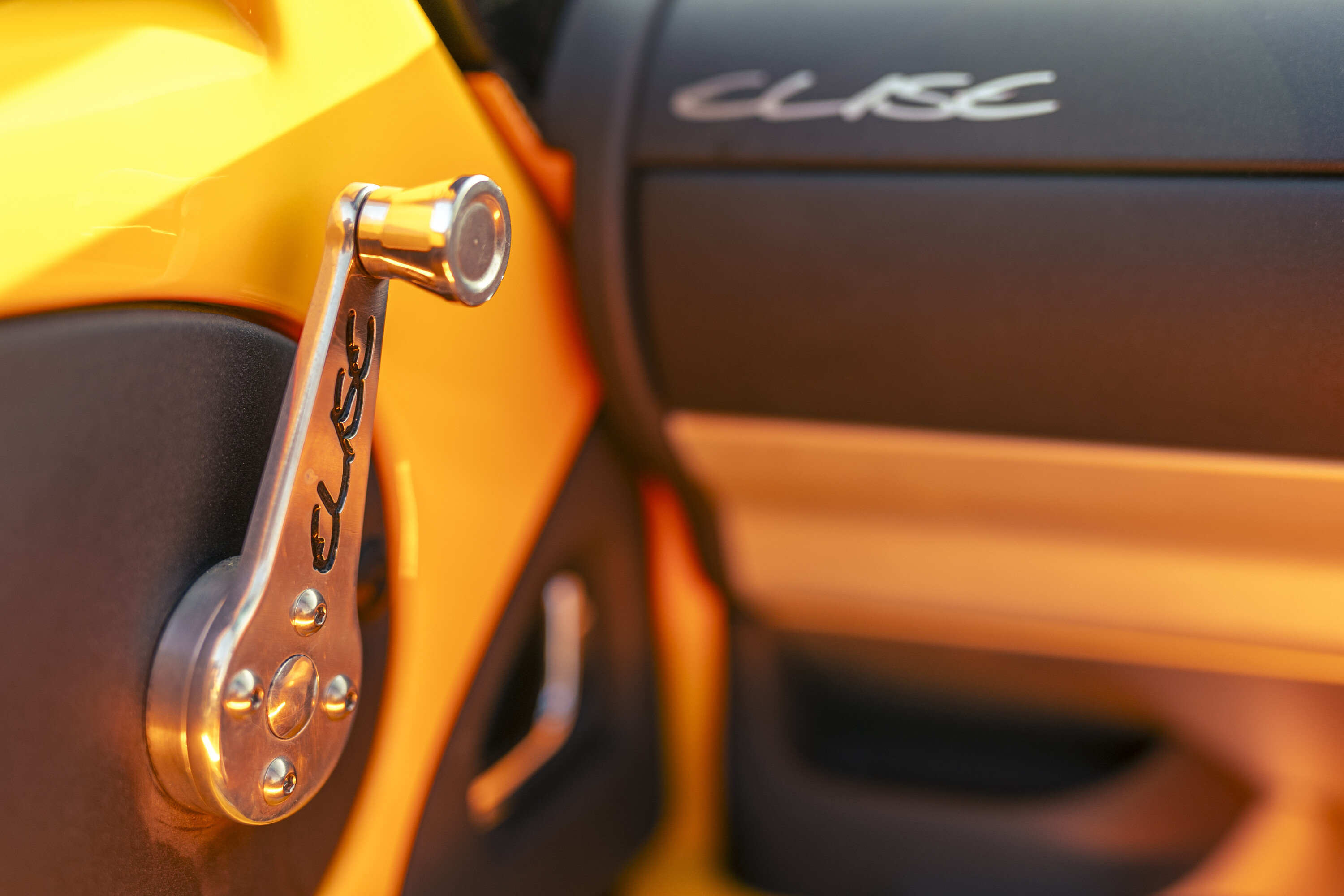
Laps of the Hethel test track with Lotus chassis engineers Matt Becker and Gavan Kershaw demonstrated what this car could additionally do with somebody competent at the wheel.
I still shake my head in amazement at how anybody could hold a mid-engined car with no limited-slip differential in such balletic slides.
The Wheels test team was similarly entranced when they got to drive the Elise S1 in a handling test against performance cars both on road and at the Croft circuit in October 1996. The Lotus was the unanimous pick of every judge on the team.
Becker would later clue me in on parts of the development back story. “The reason you’re having difficulty heel-and toeing is because the brake pads have gone banana-shaped,” he’d mutter. Speaking to Lotus people at Hethel, you got to learn some details, such as the relative shortcomings of the standard Koni shock absorbers compared to Bilsteins.

The Elise was advanced in some areas, but others were still surprisingly homespun.
The body shop seemed to be largely composed of ladies with cigarettes hanging out of the corner of their mouths cutting fibreglass from reels with kitchen scissors.
This laborious manual process created a bottleneck in production capacity. Demand outstripped the factory’s ability to supply bodies and this issue was, in part, responsible for the death of the Elise Series 1. Its successor’s body was supplied by Sotira in France which utilised a resin transfer moulding process that produced panels both stronger and lighter than hand-laid fibreglass/fag-ash.
The Series 2 was built in a far more modern ISO-9000-certified facility designed to handle US sales, with a capacity of up to 5000 units per year on a single-shift. This followed demand from former owners General Motors for their own version of the Elise in 2000, badged Vauxhall VX220 in the UK and Opel Speedster in overseas markets.
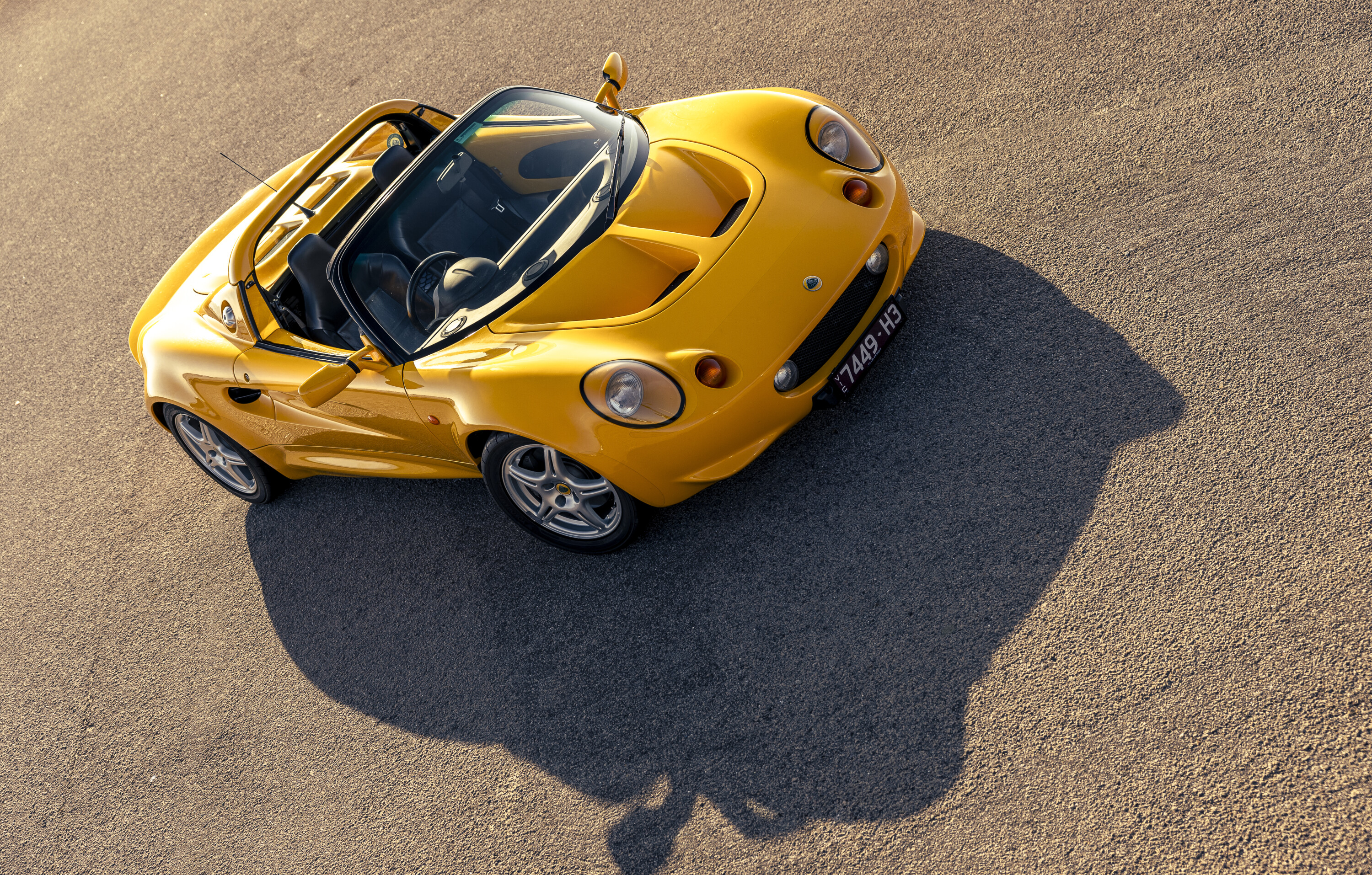
Perhaps we’re getting ahead of ourselves a little. One of the most remarkable things about the Elise Series 1 was the cloud it was born under.
Lotus had never exactly enjoyed a blue-chip financial history and the purchase of the business from General Motors by Romano Artioli’s ACBN Holdings on August 1993 only provided a shoestring financial budget with which to develop the Elise.
When the car appeared at the ‘95 Frankfurt Show, Artioli was due in the Modena bankruptcy courts the very next week. As a result of his financial travails, Romano never got to enjoy the fruits of the Elise’s success, Proton swooping to net a majority stake in the company in 1996.
At this point, it’s worth defining exactly what ‘the company’ was. Group Lotus traditionally comprised a division that made money, called Lotus Engineering, and one that excelled at losing it: Lotus Cars. The Elise changed that script and introduced a new issue, namely that of build capacity.
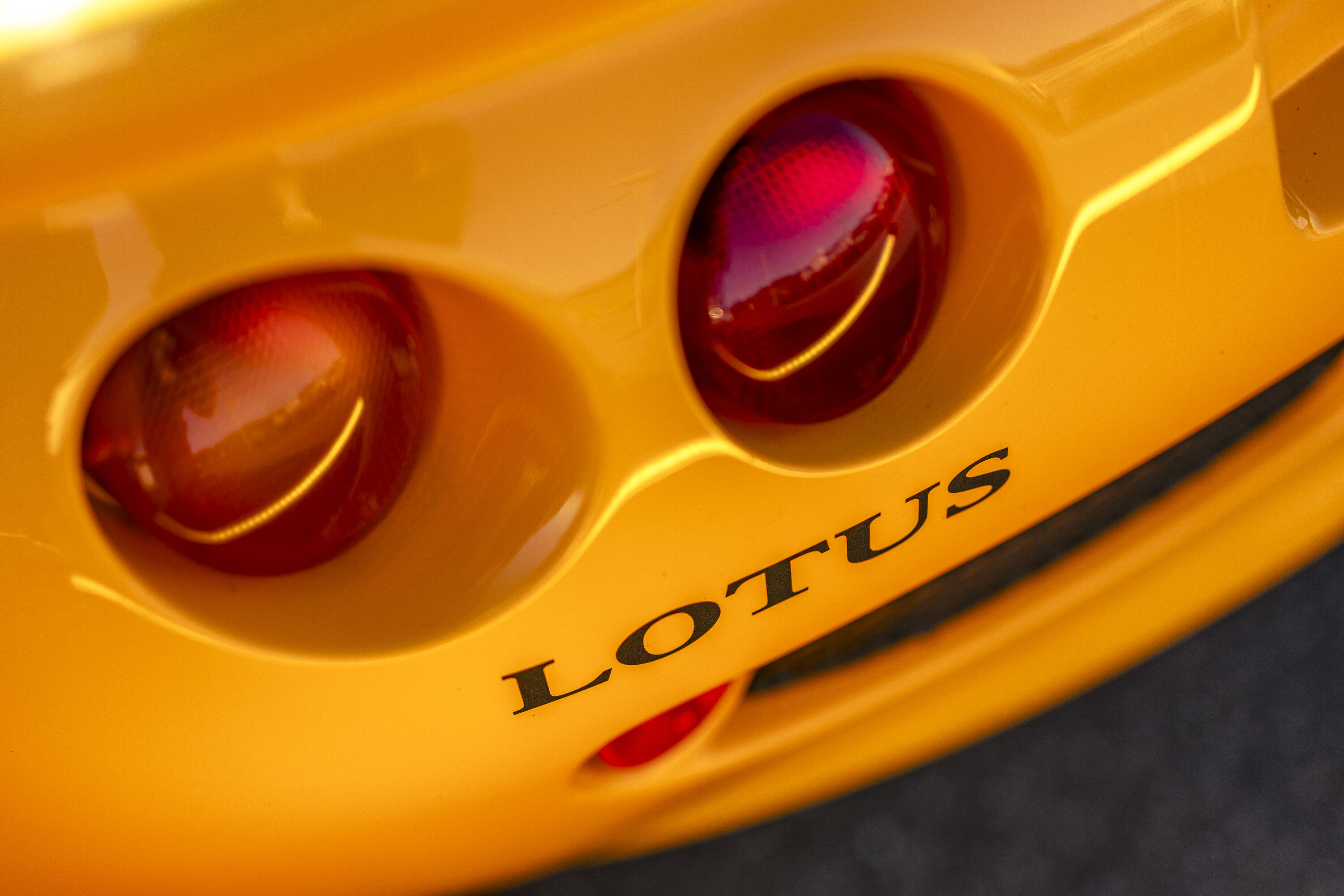
When Artioli took the helm in 1993, he paid a mere £30 million. By 2017, Geely valued 51 percent of the company at £100 million, nearly seven times what pre-Elise Lotus was valued at
When Artioli took the helm in 1993, he paid a mere £30 million. In 1996, Proton decreed that 80 percent of Lotus was worth £51 million and by 2017, Geely valued 51 percent of the company at £100 million, nearly seven times what pre-Elise Lotus was valued at.
Despite this, the Elise itself wasn’t a transformative car from a financial perspective. It didn’t write a rags to riches story in and of itself. What it did was buy the company time. Time to reorganise, time to restructure and time to find the strategy that would transform its outlook.
Last year, due to supply issues and a planning glitch which saw it sell only one model, Lotus sold just 567 cars and lost £145 million. It now enters a new electrified era with cars like the Eletre and the Evija.
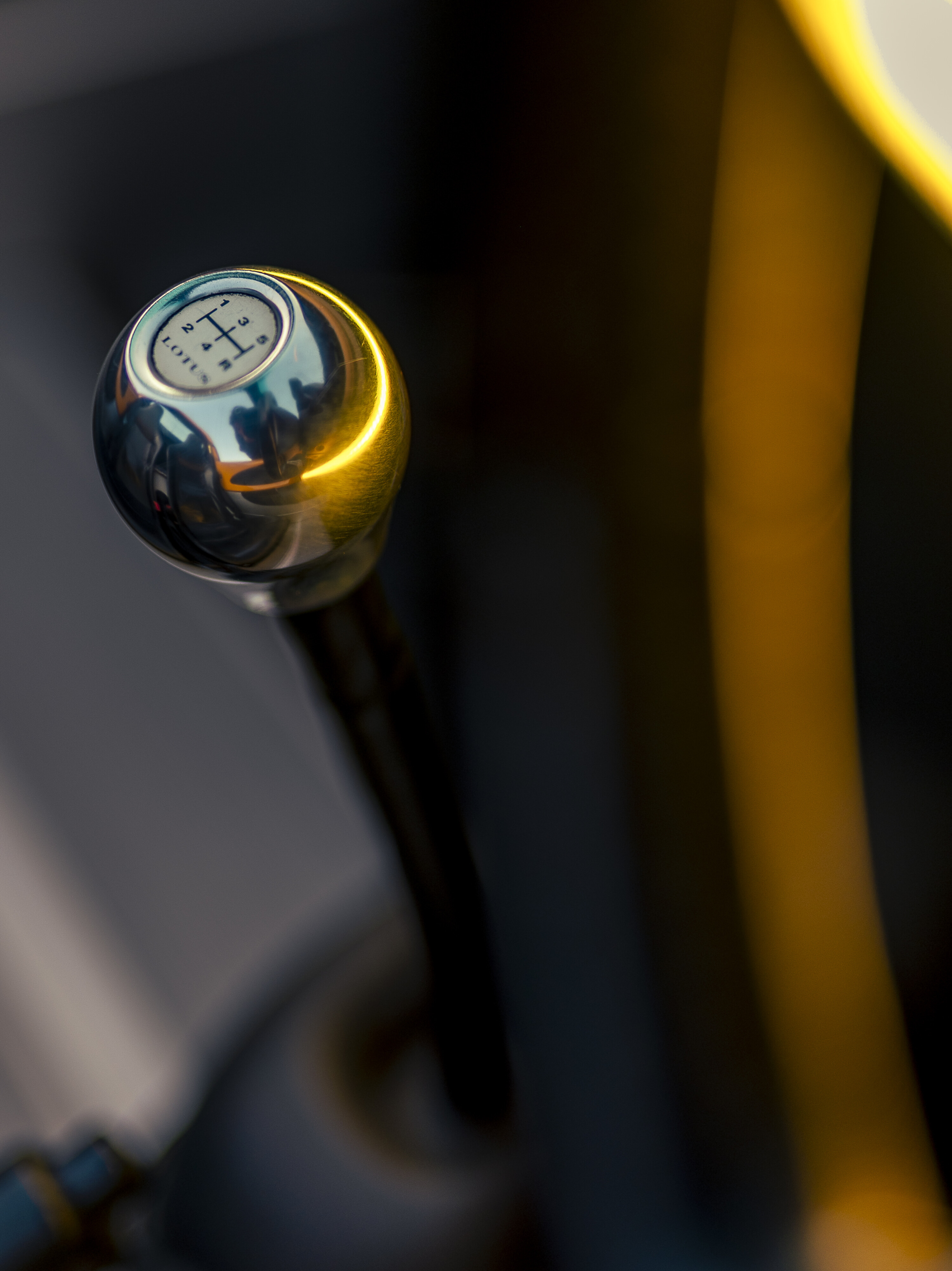
There’s a huge task ahead, yet Lotus owes everything to a team of freezing engineers who gave up their Christmas to make sure that the Elise project stayed on track.
The project was bankrolled on the basis that it could perhaps notch up 3000 sales.
Over its lifespan, the Elise and its variants sold over 35,000 units. Weighing less than a third of a current Eletre, the Elise projected a very Chapman set of values into the 21st century. Its legacy is secure. It’ll be remembered as one of greatest sports cars of all time.
Elise, Mort À L’Arrivee
I was there when Lotus’s then-boss Dany Bahar went on a mad splurge at the 2010 Paris Show.
Launched in parallel were advanced design studies of a new Esprit, an Elite, an Elan, the Eterne sports sedan and the Elise that never was.
Oh yes, and an Ethos city car concept and two new versions of the Evora. The Elise Concept was chunkier and more sophisticated than the Series 2 production model and featured a more powerful 2.0-litre inline-4 engine.
Rapper Swizz Beatz (better known as Mr Alicia Keys) wangled a lucrative side hustle as a design consultant. It all looked hilariously overambitious. It was. Bahar got the boot less than 24 months later.
| Lotus Elise Series 1 | |
|---|---|
| Engine | Engine 1796cc 4cyl, 16v |
| Max power | Max power 88kW @ 5500rpm |
| Max torque | Max torque 165Nm @ 3000rpm |
| Transmission | Transmission 5-speed manual |
| Weight | Weight 690kg |
| 0-100km/h | 0-100km/h 5.8sec (claimed) |
| Price (now) | Price (now) $10K-$15K |
We recommend
-
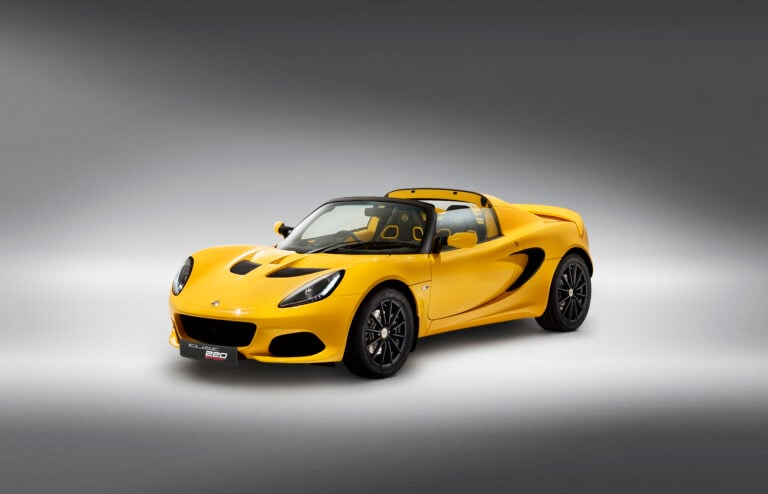 Features
FeaturesDriven to Extinction: Lotus Elise
The speed of light... now switched off
-
 News
NewsLotus Final Editions farewell the Elise and Exige
More power, new tech and exclusive badging send off the mid-engine duo
-
 Reviews
Reviews2007 Lotus Elise S review: classic MOTOR
$70,000 for this? Mid-engined rear drive fun seldom comes this cheap!


